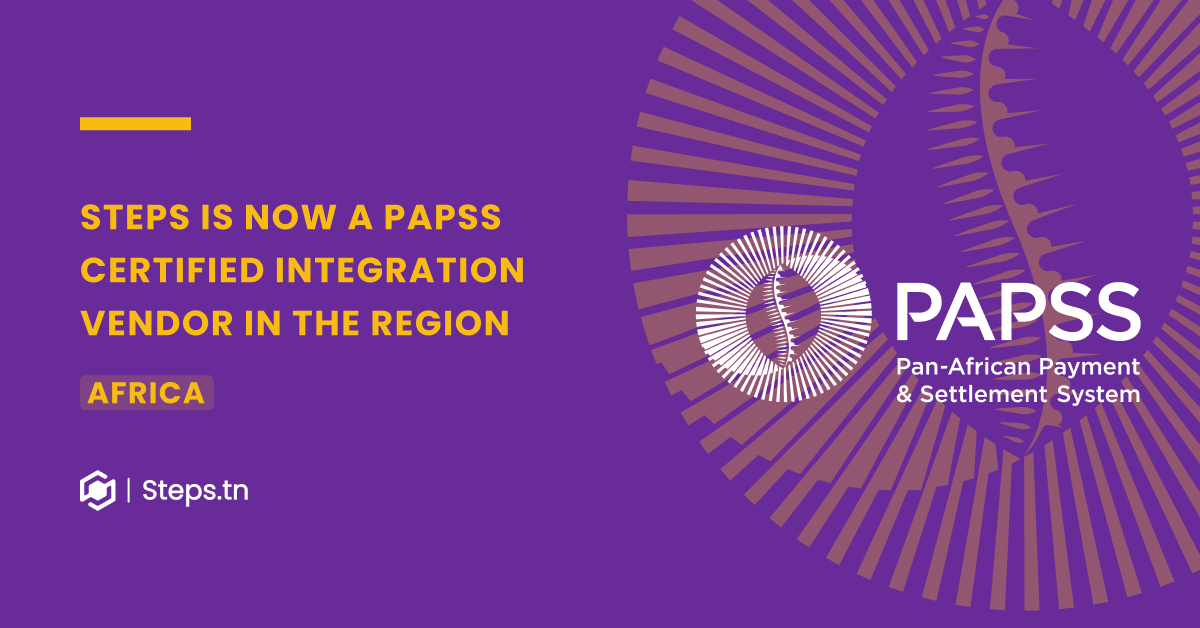Websites and digital transformation have become a necessity in our day and age. Companies that lack behind in those aspects tend to struggle and are having to play catch up. With technology advancing, making websites has been becoming simpler. But as making websites gets simpler, client requirements are getting more complex. That’s where headless CMS comes into play.
In this article, we’ll dive deeper into headless CMS and what they are. We’ll also discuss the difference between them and traditional CMS and the advantages that you can gain by using headless CMS.
What is a Headless CMS?
To dive into its different aspects, we first need to understand what a Headless CMS is. A headless CMS is a CMS that divides the frontend from the backend. While traditional CMSes offer both as a package, a headless CMS divides both. It does so in a way where content managers can still modify all the content of the website with ease, without facing all the restrictions in the frontend that a traditional CMS faces.
It is called a headless CMS because the body (where the content is stored) is separate from the head (where the content is displayed).
Think of headless CMSes like legos. The legos (backend) come already prepared. They have different shapes and sizes, and a lot of personalisation can be done to them. But then you can create any structure you need with those legos. The structure you build is the frontend (or the head) in a headless CMS. All of this is in contrast to puzzles, where you’ll be limited by what the final shape of the puzzle is. Headless CMSes free you from these restrictions.
Headless CMS vs Traditional CMS
Traditional CMSes evolved into Headless CMSes. The difference between them is simple. With a traditional CMS, you get a whole package. You get the backend and frontend in one single package. You cannot edit them. Imagine like a song. You record the entire vocals and instruments in one track. Therefore, after that, you cannot edit each individually. A traditional CMS is exactly the same. You cannot separate the frontend from its backend.
However, in a headless CMS, you have a separate backend, and then a separate frontend. That way, you can do whatever you want with both. If we go back to the lego example, you’ll come to find that it represents the difference between them pretty well. A traditional CMS is when you go to the Lego store and buy a Lego set. That set is meant to be built a certain way. This describes traditional CMSes and templates, where you can’t drift too far from what they offer and their limitations.
A headless CMS in comparison is where you go to the Lego store, and get a bunch of random pieces. That way, your only limitation is your creativity. (And the skill of your developers!)
Benefits in Relation to a Natively Built Website
A headless CMS can offer you multiple advantages in comparison to a traditional CMS and to native websites.
Firstly in comparison to natively built websites, it is much quicker to build a headless CMS. Building a backend through a CMS is much less time consuming than natively. Additionally, a headless CMS will allow you to do all content modifications from a CMS. This will allow people without technical expertise to edit it easily. In a natively built website however, you can only edit the content from the code. If you want to counter that by building a content management system entirely natively from the backend, it will take an enormous amount of time to develop.
Benefits in Relation to a Traditional CMS
A headless CMS can also offer you multiple advantages in comparison to a traditional CMS. A big advantage is the flexibility. From one side, separating the frontend from the backend allows you to use any technology stack for building the frontend. This allows you to create modern and dynamic web pages that are tailored to your requirements. Additionally, this flexibility extends to plugins. A traditional CMS restricts you with its features and plugins. Some features that you may want might just not be possible to develop on it. This doesn’t happen when you have a headless CMS. Any frontend feature you may want is possible as long as you’ve got enough time and technical quality by your side.
One particular advantage that our clients and multiple others care about is security. Nowadays, cyber security is as important as ever, and a headless CMS offers you much more security in comparison to a traditional CMS. This is due to multiple reasons. Firstly, attackers only have access to the frontend, whereas in a traditional CMS they have the entire package. Other security measures are in place such as more API security, encryption solutions, and granular access control in order to protect sensitive data from cyber threats.
Additionally, a headless CMS will offer you extra advantages, such as improved performance, since the frontend and backend both load individually. It also guarantees you better scalability and future-proofing since its architecture is much more flexible than a traditional CMS. This agility will allow you to be able to quickly adjust in today’s fast moving digital landscape.
Conclusion
Today’s article dived into Headless CMSes and what advantages they offer you. They’re one of the most used methods of making websites now, and we wanted to discuss more why that is the case. By first understanding what they are, and then comparing them to traditional CMSes and natively built websites, it is clear why they’re widely used currently in the creation of websites.
However, in order to maximise the benefits gained from a headless CMS, you need a highly skilled technical team. If you want to have an excellent website, but are missing that expertise, then at STEPS we can help you. With our 10+ years of expertise in web development, we’ll be able to help you build the website of your dreams! So what are you waiting for? Contact us today!





